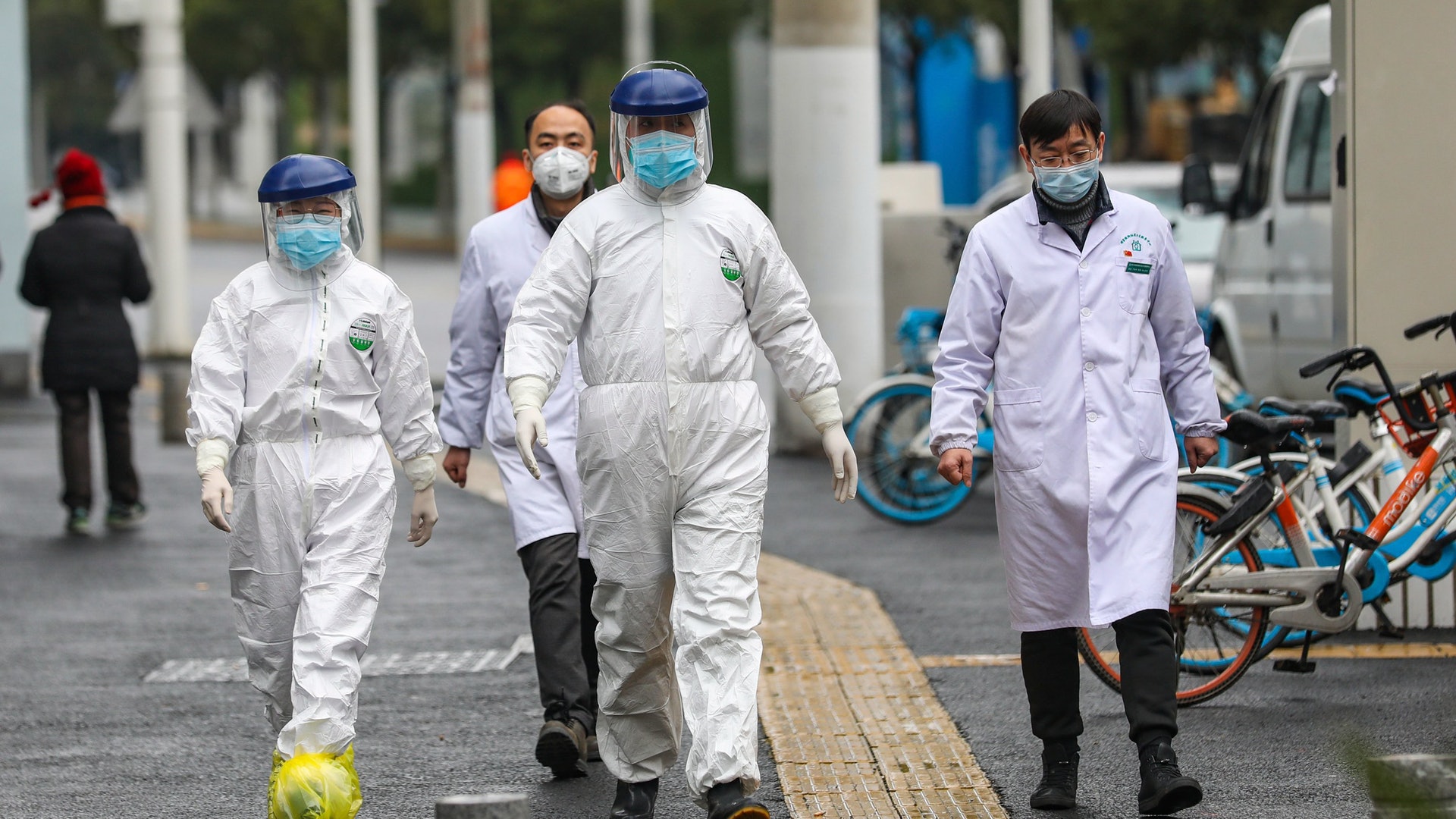Compared with the SARS period, there are three differences in the impact of the current epidemic on China’s economy. The counter-cyclical control needs to be further strengthened. The main tone of monetary policy and fiscal policy in 2020 may be steady growth.
“Interface News” reported on Tuesday (4th) that the new coronavirus infected pneumonia will become the black swan at the beginning of 2020.
It is unclear how the epidemic situation will affect the economy. On the first trading day of A shares after the Spring Festival, the capital market made a dramatic response to the epidemic. The Shanghai Composite Index plunged 7.7%, repeating the limit of 1,000 shares, while the 10-year Treasury futures main contract rose 1.4% and returned to 100. More than yuan.
When capital markets are studying emergencies, they usually take history as a mirror and review the impact of similar events on the economy and markets. For China, SARS in 2003 is undoubtedly the most suitable frame of reference. There are many institutions comparing the SARS during the Spring Festival holiday to quantitatively analyze the impact of new coronavirus infection in pneumonia.
Because of the different economic stages, simply comparing the impact of SARS and the epidemic can only lead to some partial conclusions. The experience of that period did not bring much valuable revelation to quantitative analysis today.
First, the epidemic is more of a short-term shock. The main impact of SARS was in the second quarter of 2003, when the GDP growth rate in the quarter fell from 11.1% to 9.1%, and in the third quarter, the growth rate returned to 10%.
The response to this epidemic was more timely and stronger, and a strict regional isolation policy was adopted. From February 1 to 3, the number of newly confirmed cases in non-Hubei province was lower than 761 on January 31. According to expert expectations, the peak of the epidemic may occur in the next 10 to 14 days.
The tertiary industry is falling faster
Second, the impact of the epidemic on the consumer and service industries is even greater. During the SARS period, the growth rate of the tertiary industry’s GDP fell faster than the growth rates of the primary and secondary production, and recovered more slowly after the epidemic ended.
From March to May 2003, the growth rate of total retail sales of consumer goods fell from 9.3% to 4.3%, while the growth rate of investment in fixed assets and exports remained largely unaffected. After the outbreak of pneumococcal infection caused by the new coronavirus, the volume of film and television, passenger traffic, and dining abroad have all decreased.
Therefore, the impact of SARS on the economy cannot be used as a reference for the quantitative measurement of the impact of the epidemic, mainly due to the following factors.
The first is that the epidemic response is efficient and the response intensity is also greater. For example, the “cities closed” in Hubei cities and more than 20 provinces and cities delayed the start of the week, which means that the epidemic may have a greater impact on short-term production.
Second, compared with 2003, enterprises, residents, and local governments have higher leverage ratios, and are more dependent on cash flow income. After production suspension, shutdown, and closure, some enterprises and households may face financial pressure. Affects the willingness of various economic entities to invest and consume.
Third, the epidemic situation will indirectly affect exports. The global share of China’s GDP has increased from 3.61% in 2003 to 15.84% in 2018. Coupled with the long-term growth rate faster than the global average, China has become the world’s most important growth engine.
Therefore, while the epidemic impacts domestic demand, it will also affect the growth of China’s major trading partners through import channels, which will further form a negative feedback on China’s exports.
The Wuhan epidemic interrupted the weak economic recovery that began in the fourth quarter of 2019. Due to the three differences between the aforementioned and the SARS period, counter-cyclical control needs to be further strengthened.
In terms of specific demand-side counter-cyclical control, the first is to further increase the demand for steady growth of infrastructure. Possible measures include increasing the proportion of special debt invested in infrastructure, and policy banks to increase support for supporting loans for infrastructure projects. Secondly, under the framework of “comprehensive implementation of policies based on cities,” more cities may relax restrictions on purchases and sales. Regarding the supervision of real estate financing, the probability of marginal relaxation is greater than tightening. Third, the intensity of consumption stimulus is also expected to increase, and the focus may be on the two directions of consumption in the industrial chain of automobile and real estate completion.











